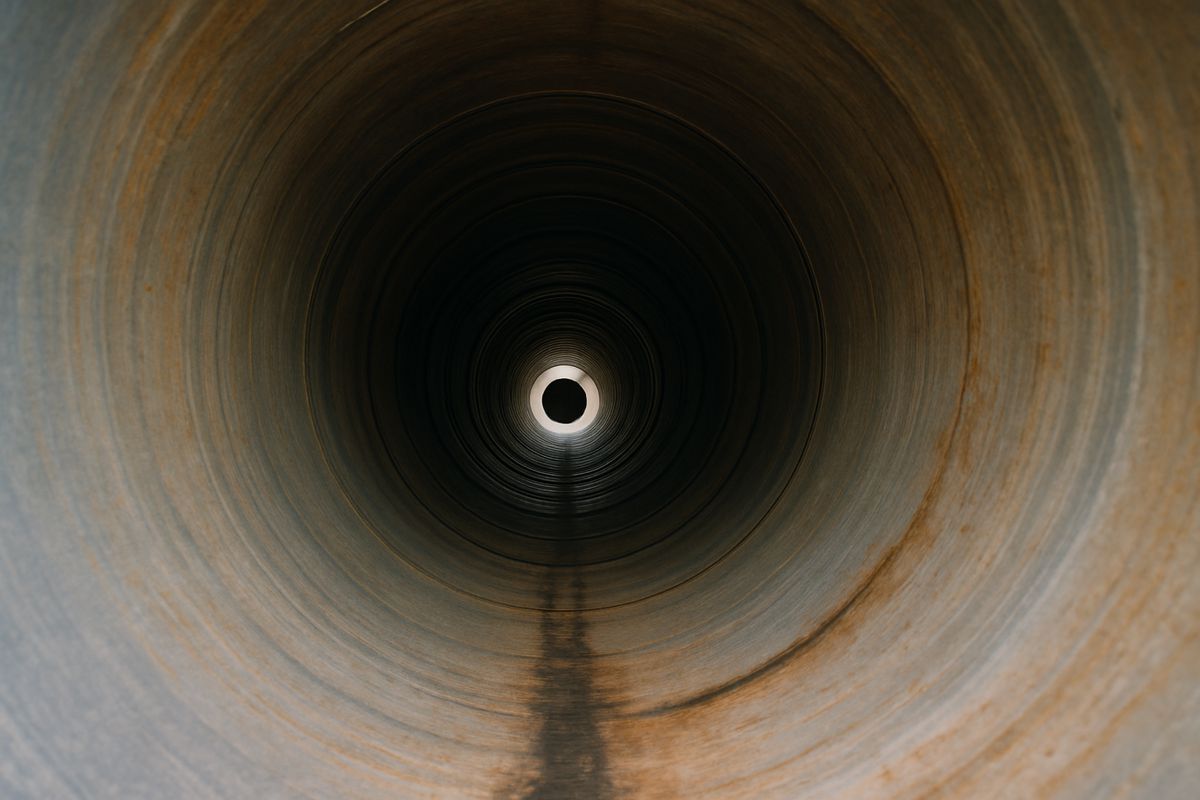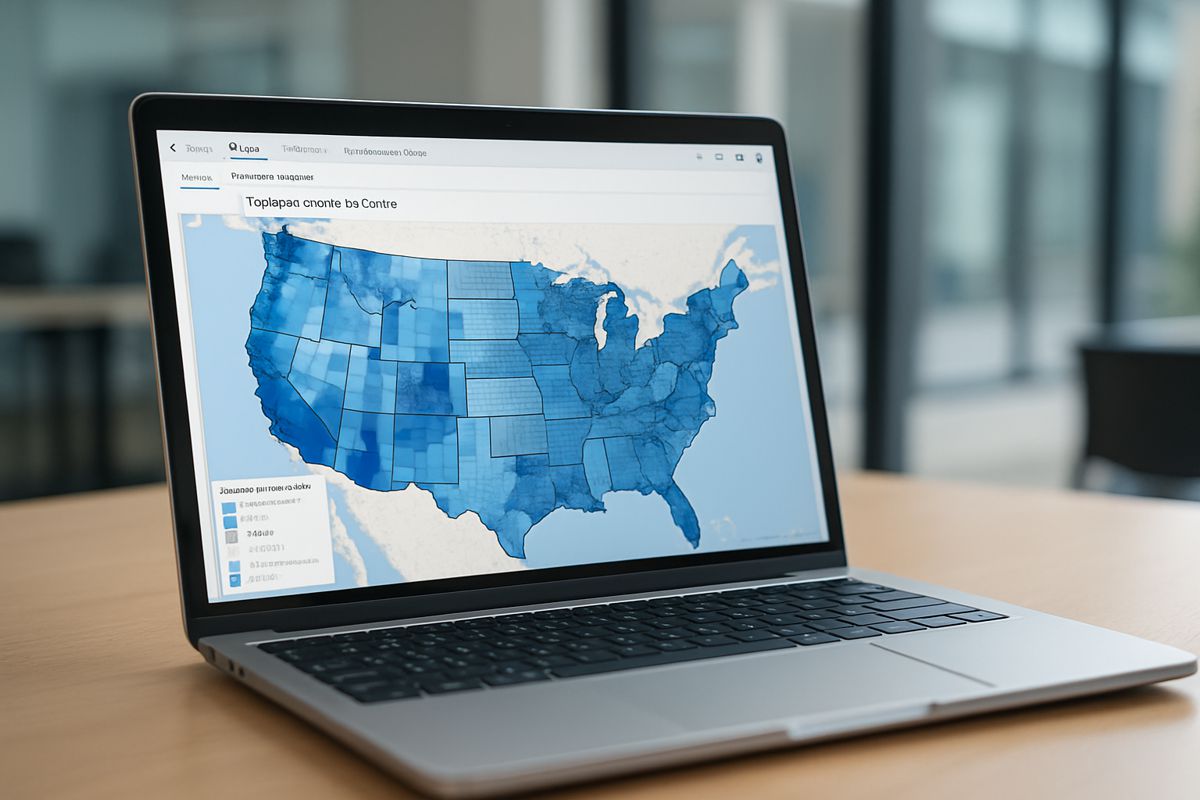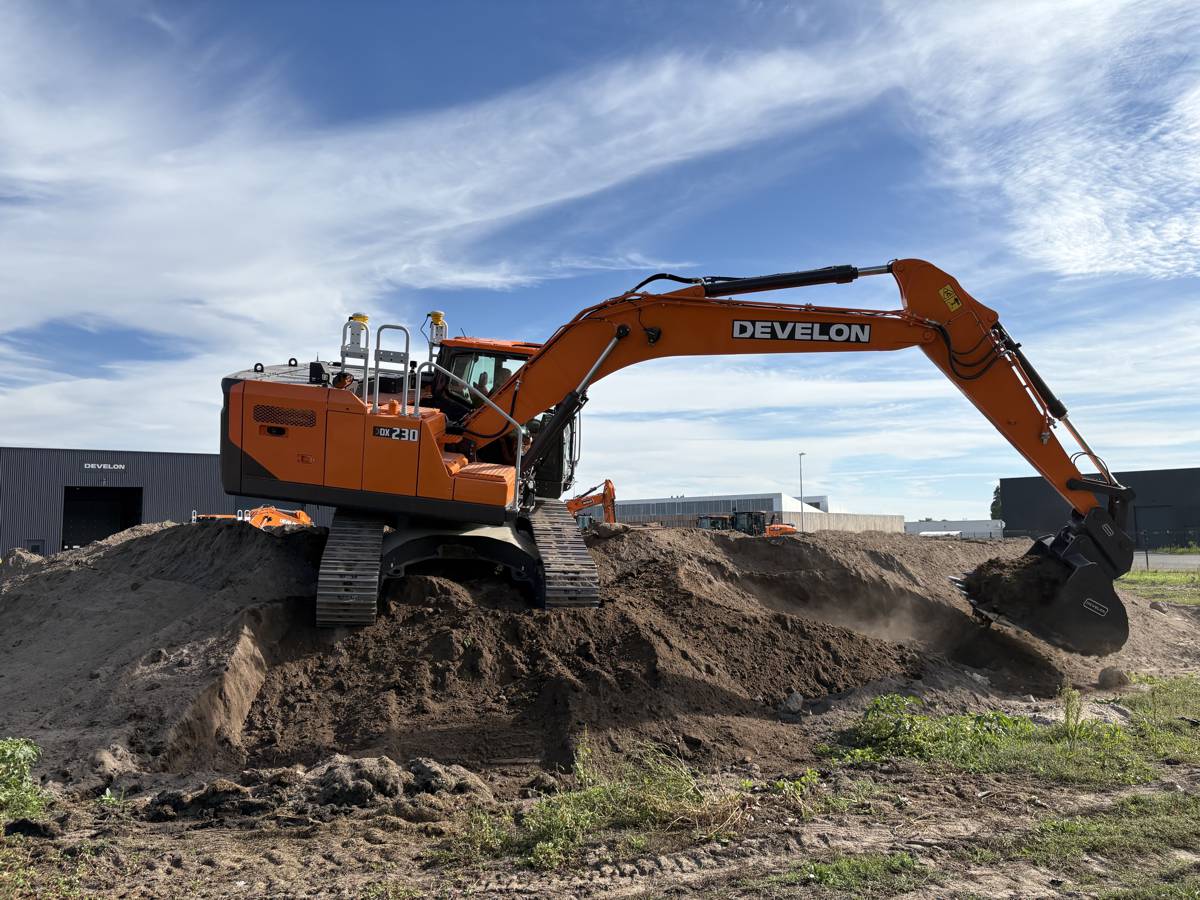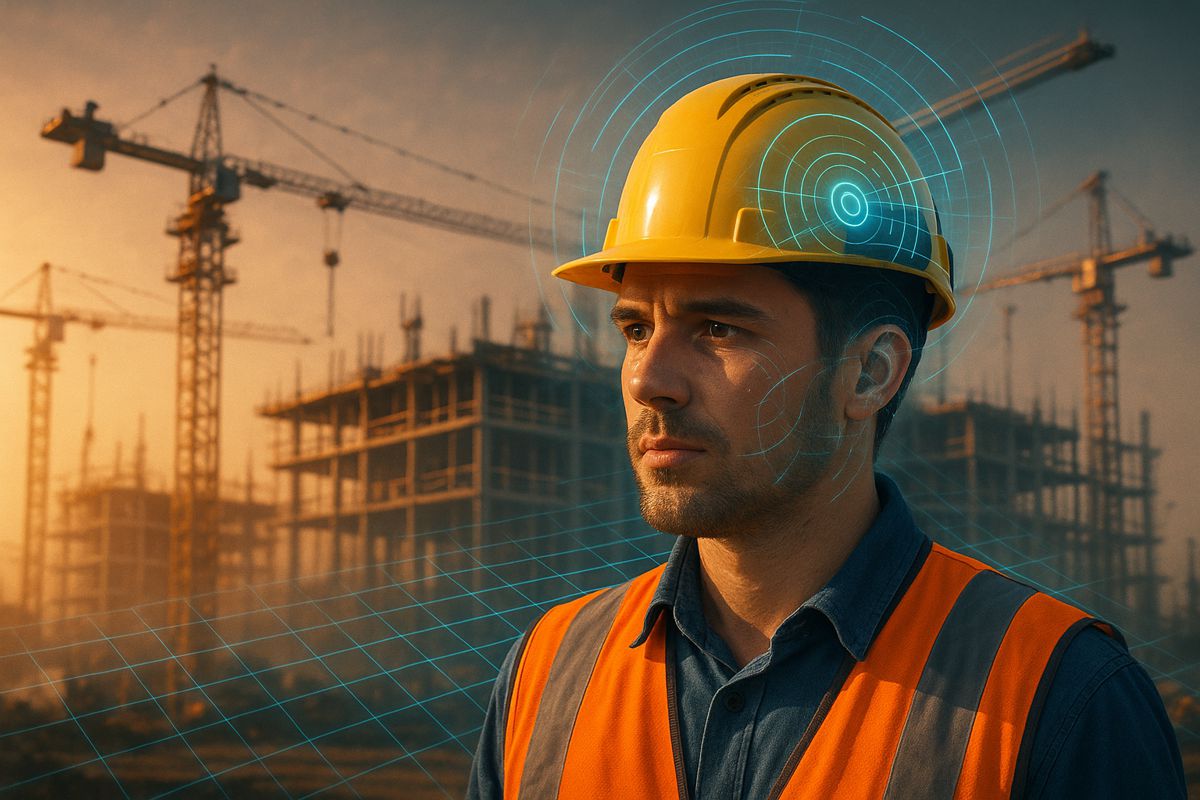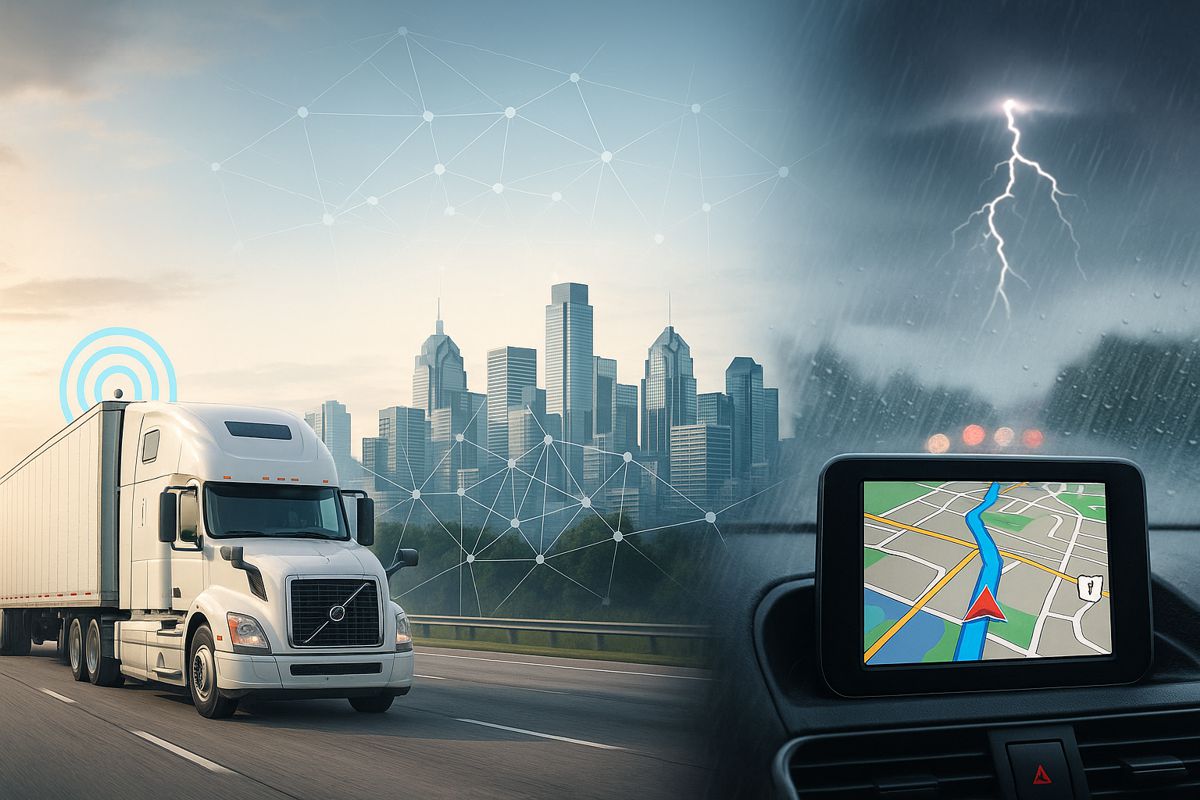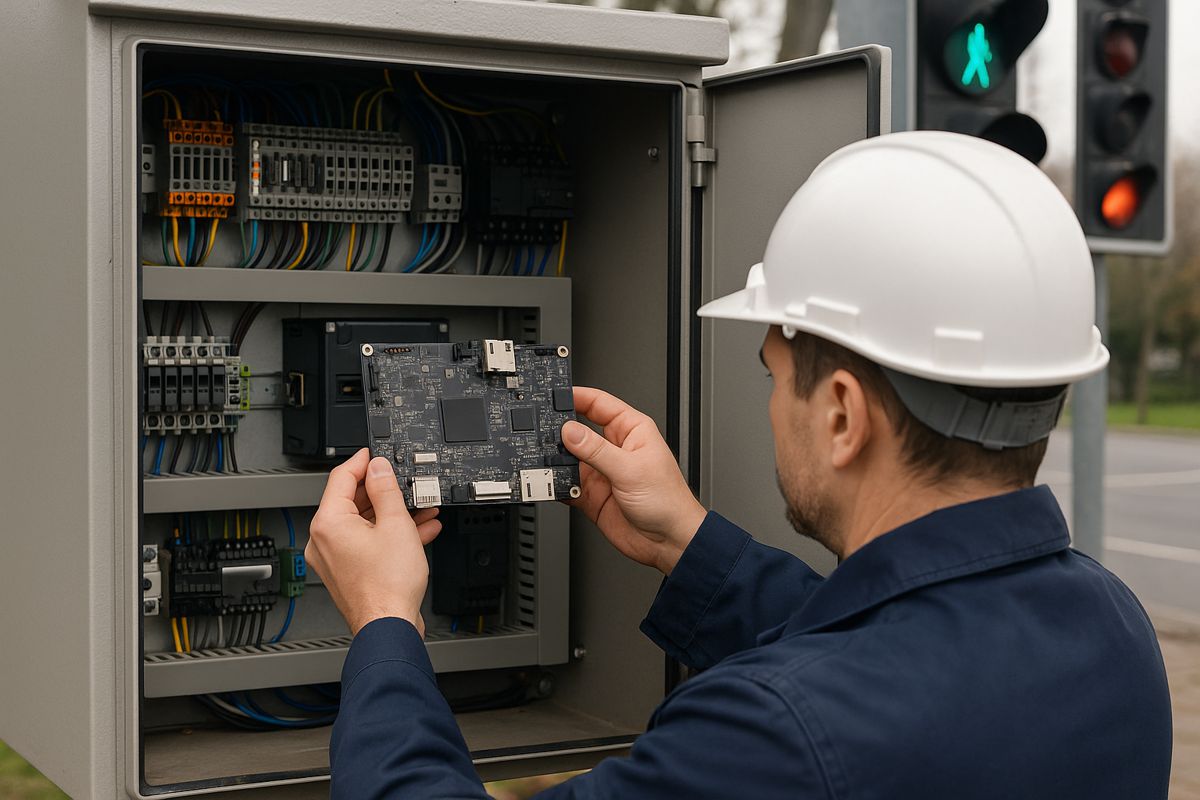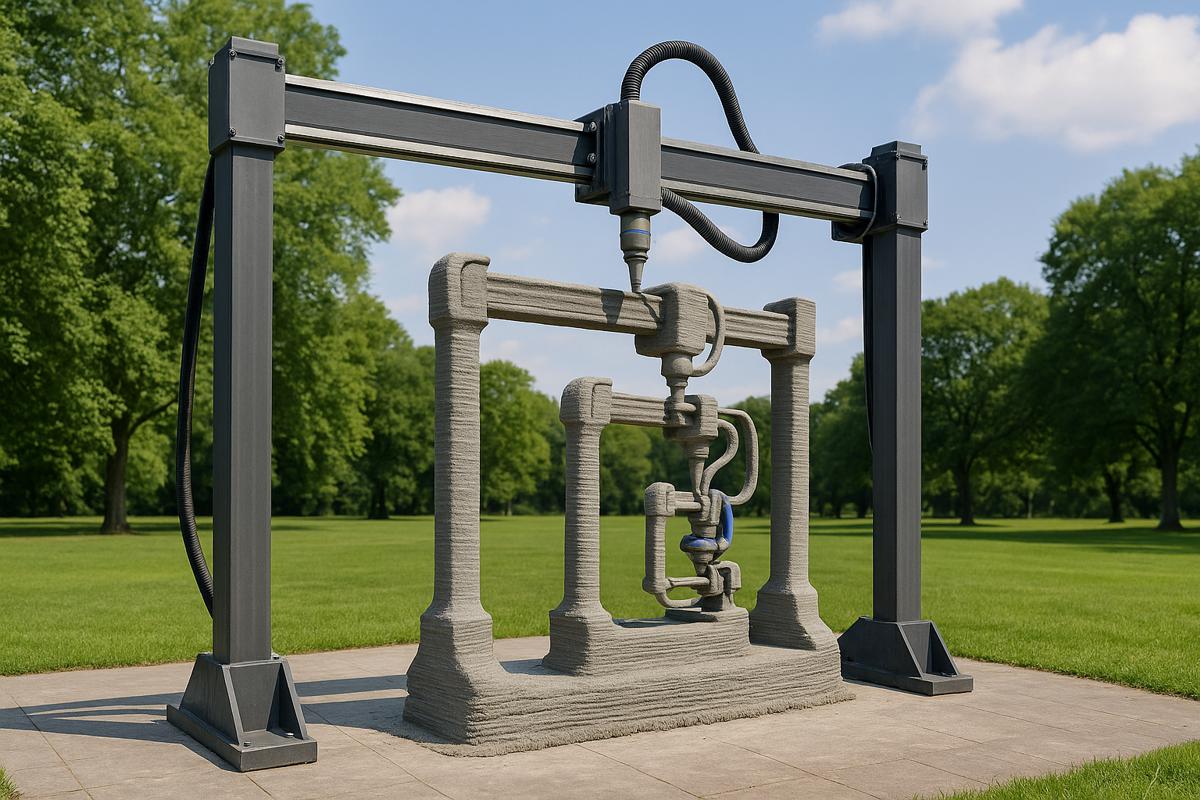AI in Construction is Increasing Safety and Efficiency
The construction industry is changing as AI technologies are gradually being integrated into construction equipment. With construction sites often characterized by unpredictability and the potential for human error, AI offers innovative solutions that improve safety and operational efficiency.
This article explores the key technologies driving the changes in the construction industry, the benefits they bring, and the challenges accompanying their integration.
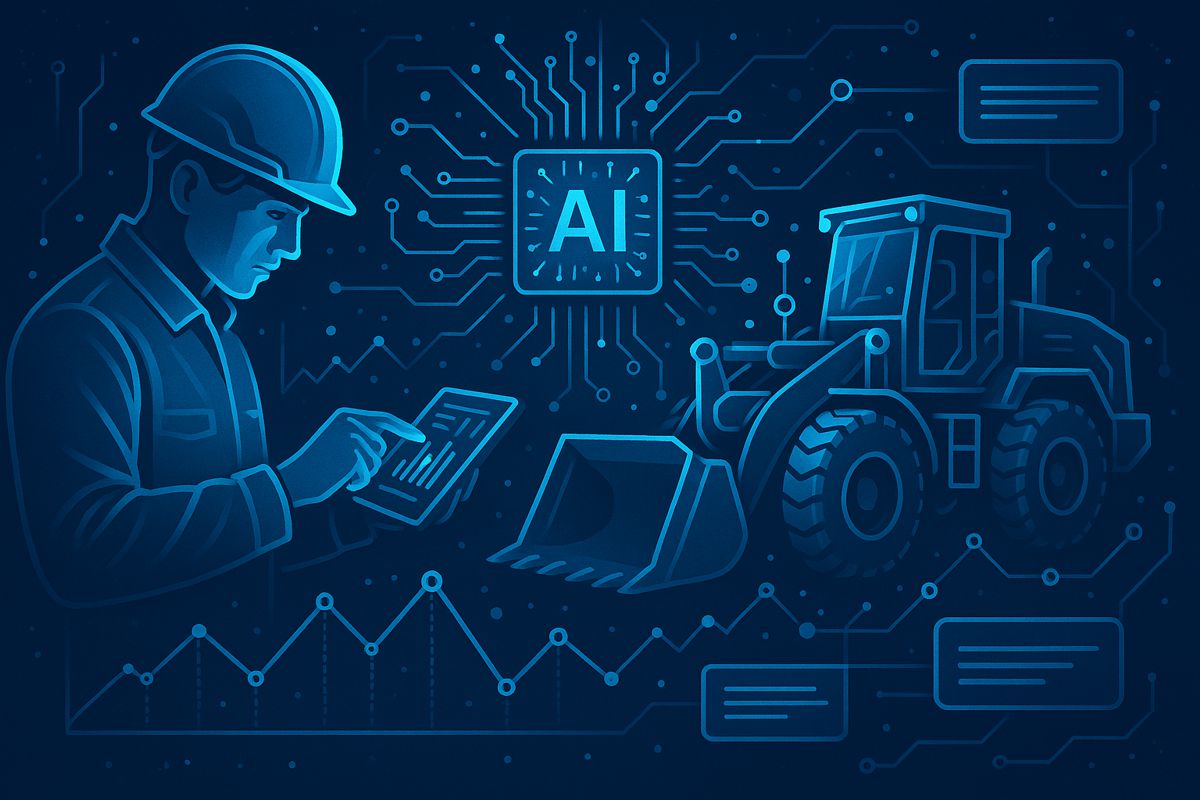
How AI is Changing Construction Equipment
Construction sites are often unpredictable, and human error can lead to accidents. AI-powered systems help solve these problems by improving safety and reducing mistakes. They also keep machines running smoothly by tracking performance and automatically scheduling maintenance.
Here are the main technologies driving the changes:
- Computer Vision
Machines use cameras and smart software to “see” and analyse their surroundings in real-time. This helps monitor construction sites, track inventory, ensure workers wear safety gear, and even log attendance using facial recognition. - Internet of Things (IoT)
IoT connects devices to share data. For example, smart wearables track workers’ health, while sensors warn about hazards and alert managers when machines need repairs. - Predictive Analytics
By using historical data and machine learning, predictive analytics can forecast potential problems, improve scheduling, and even predict weather conditions to avoid delays.
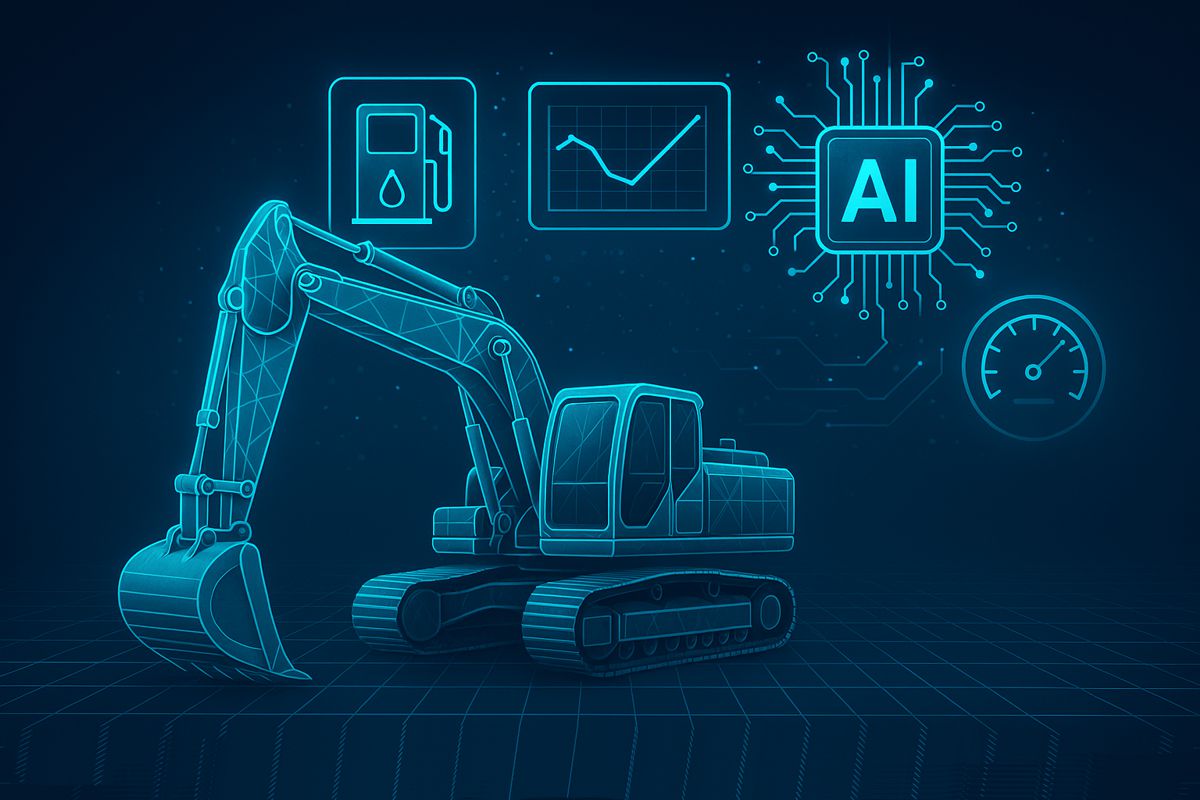
How Computer Vision is Transforming Heavy Machinery
Computer vision is changing how heavy machinery works on construction sites by introducing smarter and safer ways to operate. Let’s explore how image and video analysis are used in the construction industry.
Automated Weighbridges
Weighbridges measure the weight of heavy-duty vehicles to ensure safety and compliance during transportation. Traditionally, this process relied on human operators to log details like entry times, registration numbers, and load weights. However, manual systems can be slow, prone to errors, and less transparent.
Automated weighbridges solve these issues by using AI-enabled tools such as sensors, cameras, and automated voice systems.
Here’s how it works:
- Automatic Vehicle Recognition
As a machine approaches, cameras with Automatic Number Plate Recognition (ANPR) scan its license plate to confirm registration. If valid, the machine is allowed onto the scale. - Weigh-in-Motion Sensors
IoT-connected sensors measure the machine’s weight while it moves. If needed, the system guides the driver to stop for more precise weighing. - Real-Time Monitoring
The system checks the weight against safety limits. If everything is okay, the machine is cleared to exit. ANPR cameras verify the machine again at the exit to ensure no mismatches.
This automated process improves accuracy, reduces errors, and provides real-time data. It also alerts operators about overweight loads or driver anomalies, allowing quick action to address issues.
Monitoring Driver Fatigue
Truck drivers often travel long distances, including overnight trips. Fatigue is a major safety concern, contributing to 21% of fatal crashes, according to the U.S. Department of Transportation.
Computer vision is helping solve this problem by monitoring driver drowsiness.
Using cameras and AI, these systems analyse:
- Eye Movement
Detecting if eyelids remain closed for too long. - Head Position
Checking for nodding or unusual tilting. - Facial Expressions
Recognizing signs of fatigue.
If drowsiness is detected, the system immediately sounds an alarm to alert the driver. This technology is used in machines by construction equipment manufacturers like Tata to reduce accident risks.
Autonomous Construction Vehicles
Construction sites can be tough places to work, especially in extreme weather. For example, workers often deal with intense heat, requiring frequent breaks. To improve efficiency in these conditions, engineers are creating autonomous machines like bulldozers and cranes.
These self-operating vehicles use high-resolution cameras and computer vision to analyse the terrain, checking for slopes, soft ground, and uneven areas. They also use object detection to identify people or equipment and automatically stop when an obstacle is detected.
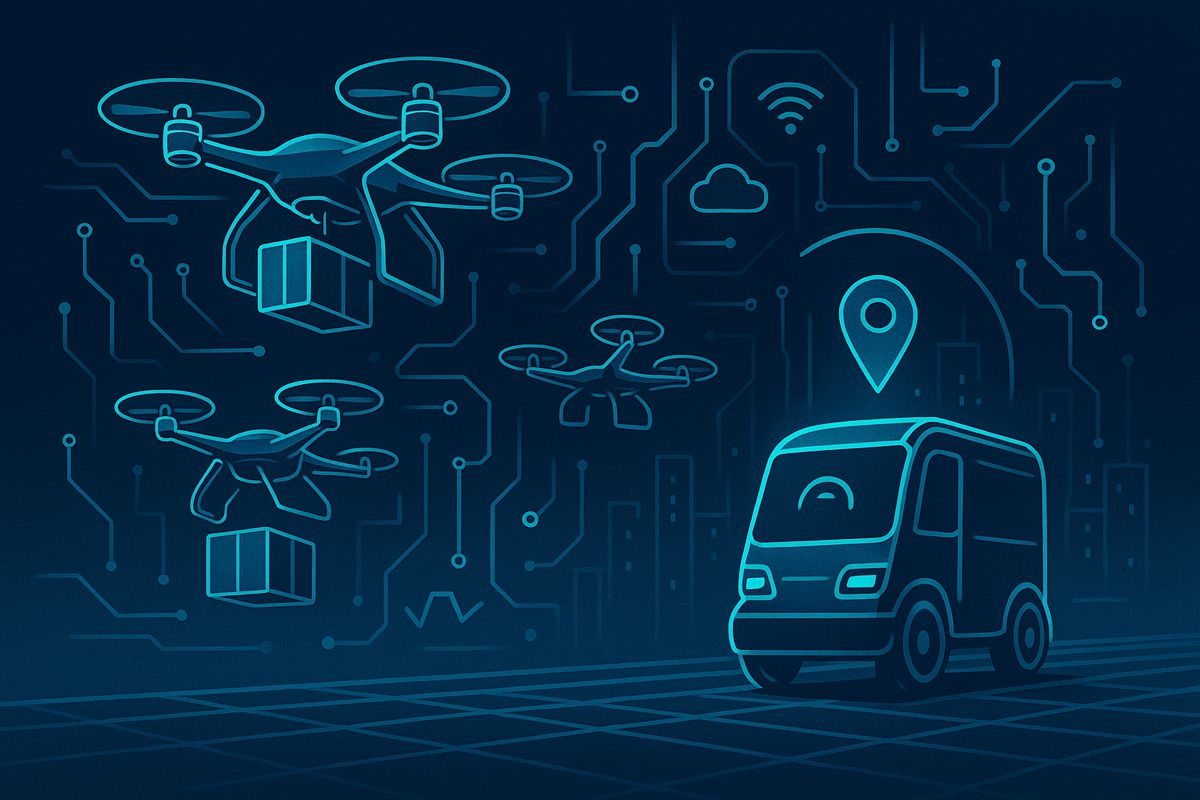
Fuel Optimization in Construction Machinery
Managing fuel consumption is another key challenge for construction companies, especially with fluctuating prices and multiple drivers. AI-driven fuel management systems simplify this task by reducing fuel waste.
These systems use large datasets to suggest fuel-efficient routes and integrate with the vehicle’s engine control unit (ECU) to provide real-time gear-shifting advice. By following these recommendations, drivers can improve fuel efficiency, save money, and reduce environmental impact.
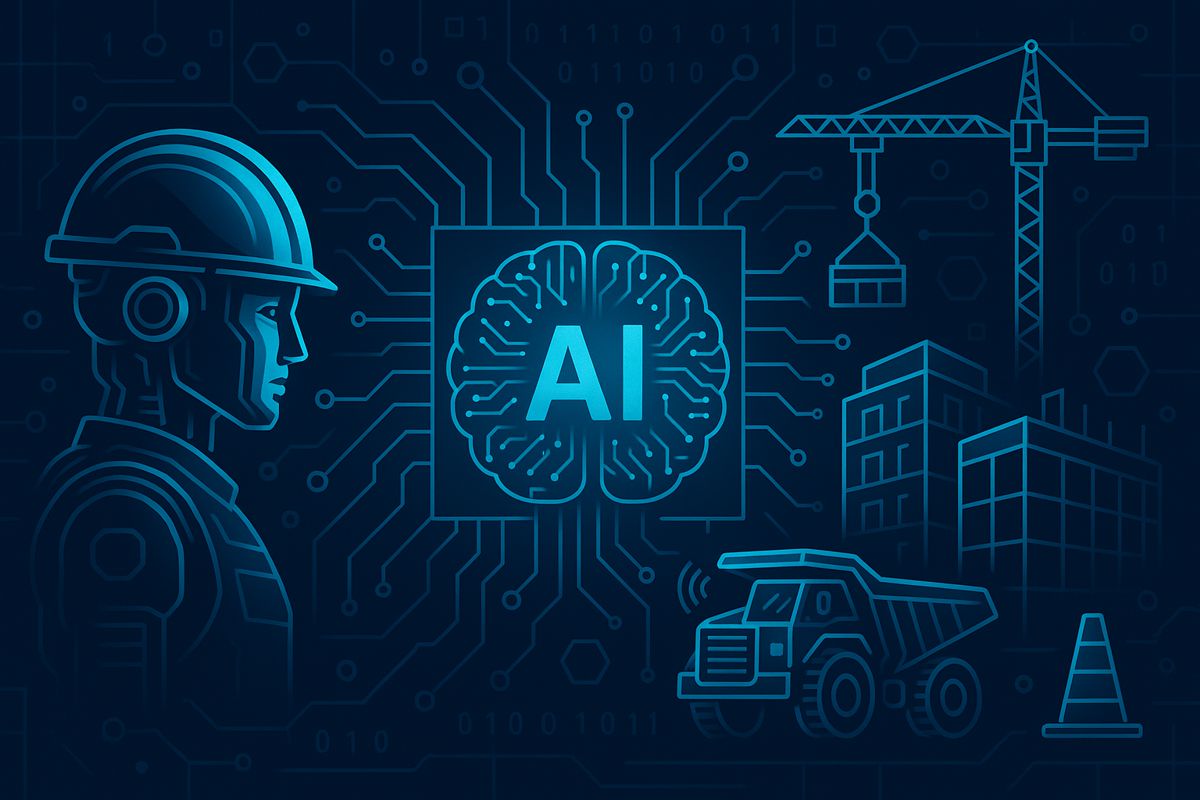
Pros and Cons of Using AI
AI offers significant advantages for construction equipment, including:
- Longer equipment lifespan
Regular monitoring and timely maintenance extend machinery life. - Reduced downtime
Automation keeps equipment running smoothly. - Smarter decisions
Data-driven insights improve resource and operations management.
However, there are also the following issues:
- High initial costs
The initial investment can be expensive, especially for smaller companies. - Privacy concerns
Protecting the data AI relies on is crucial to prevent unauthorized access. - Skilled labour
Workers need to learn how to use AI tools, which can be challenging with busy schedules.
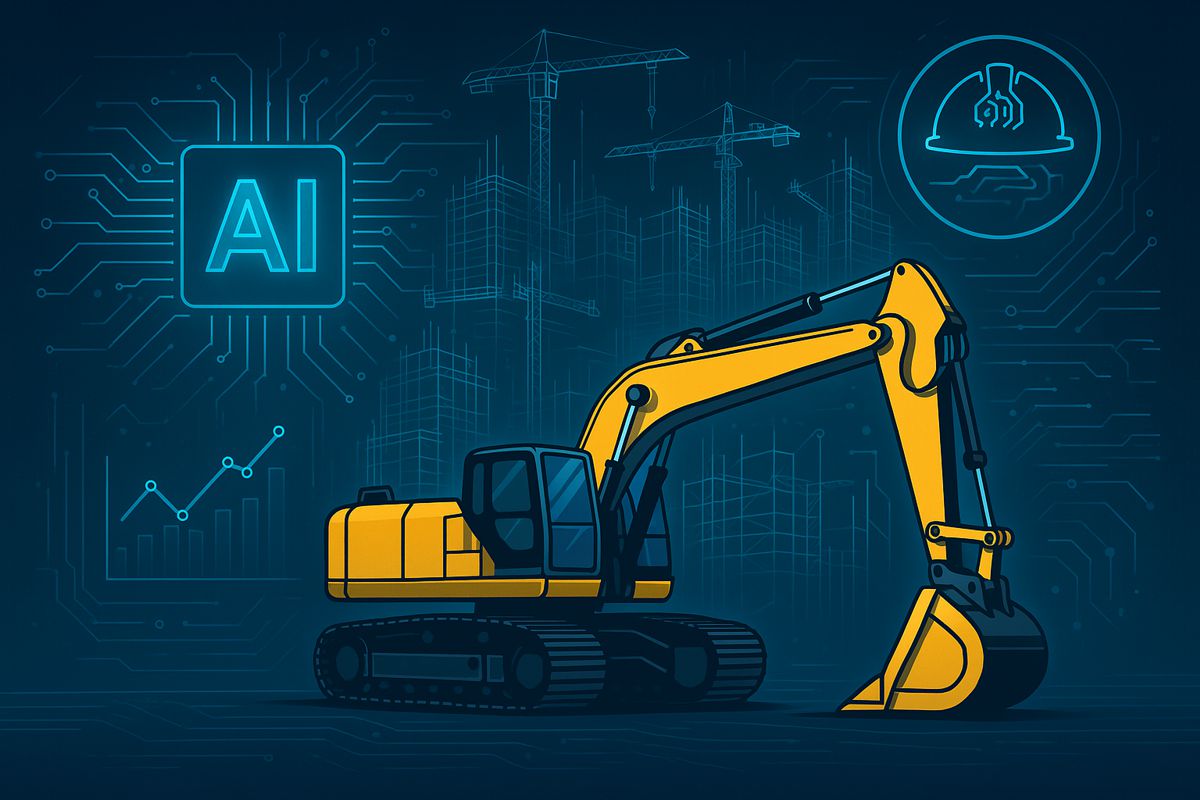
Paving the Way
AI is transforming the construction industry, making heavy machinery safer, smarter, and more efficient. From autonomous vehicles to fuel optimization systems, these innovations are helping companies save time, reduce costs, and work more sustainably.
While challenges like high costs and the need for training exist, the long-term benefits of AI are paving the way for a more innovative future in construction.









